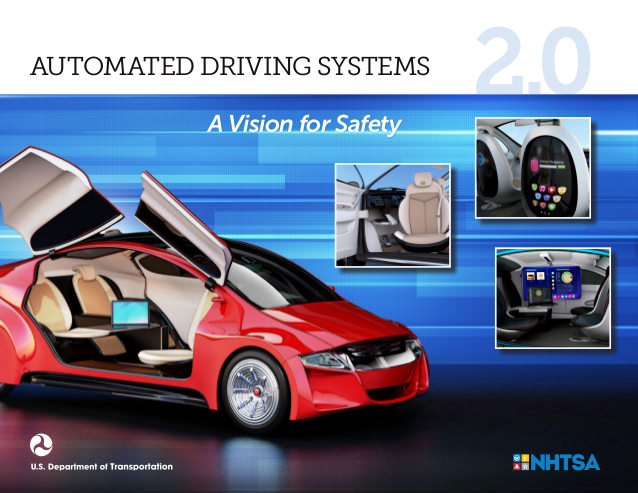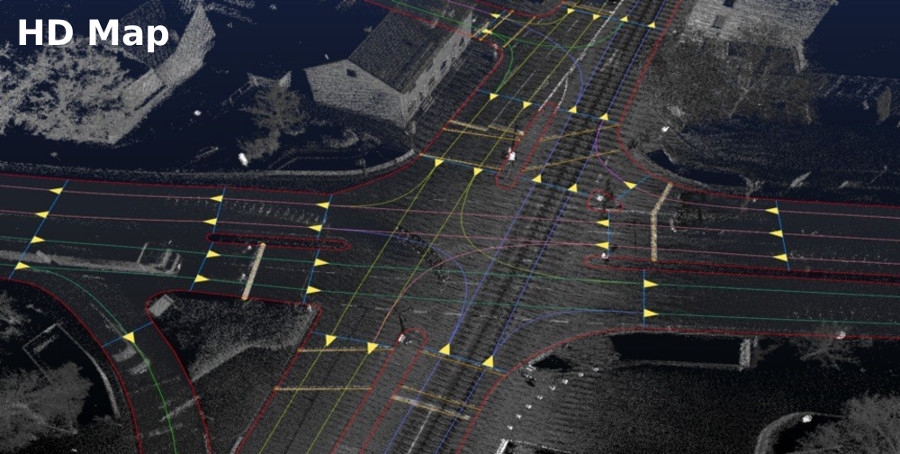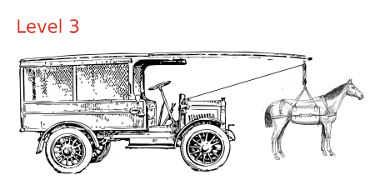New NHTSA Robocar regulations are a major, but positive, reversal
Submitted by brad on Thu, 2017-09-14 12:53NHTSA released their latest draft robocar regulations just a week after the U.S. House passed a new regulatory regime and the senate started working on its own. The proposed regulations preempt state regulation of vehicle design, and allow companies to apply for high volume exemptions from the standards that exist for human-driven cars.
It's clear that the new approach will be quite different from the Obama-era one, much more hands-off. There are not a lot of things to like about the Trump administration but this could be one of them. The prior regulations reached 116 pages with much detail, though they were mostly listed as "voluntary." I wrote a long critique of the regulations in a 4 part series which can be found in my NHTSA tag. They seem to have paid attention to that commentary and the similar commentary of others.
At 26 pages, the new report is much more modest, and actually says very little. Indeed, I could sum it up as follows:
- Do the stuff you're already doing
- Pay attention to where and when your car can drive and document that
- Document your processes internally and for the public
- Go to the existing standards bodies (SAE, ISO etc.) for guidance
- Create a standard data format for your incident logs
- Don't forget all the work on crash avoidance, survival and post-crash safety in modern cars that we worked very hard on
- Plans for how states and the feds will work together on regulating this
Goals vs. Approaches
The document does a better job at understanding the difference between goals -- public goods that it is the government's role to promote -- and approaches to those goals, which should be entirely the province of industry.

The new document is much more explicit that the 12 "safety design elements" are voluntary. I continue to believe that there is a risk they may not be truly voluntary, as there will be great pressure to conform with them, and possible increased liability for those who don't, but the new document tries to avoid that, and its requests are much milder.
The document understands the important realization that developers in this space will be creating new paths to safety and establishing new and different concepts of best practices. Existing standards have value, but they can at best encode conventional wisdom. Robocars will not be created using conventional wisdom. The new document takes the approach of more likely recommending that the existing standards be considered, which is a reasonable plan.
A lightweight regulatory philosophy
My own analysis is guided by a lightweight regulatory approach which has been the norm until now. The government's role is to determine important public goals and interests, and to use regulations and enforcement when, and only when, it becomes clear that industry can't be trusted to meet these goals on its own.
In particular, the government should very rarely regulate how something should be done, and focus instead on what needs to happen as the end result, and why. In the past, all automotive safety technologies were developed by vendors and deployed, sometimes for decades, before they were regulated. When they were regulated, it was more along the lines of "All cars should now have anti-lock brakes." Only with the more mature technologies have the regulations had to go into detail on how to build them.
Worthwhile public goals include safety, of course, and the promotion of innovation. We want to encourage both competition and cooperation in the right places. We want to protect consumer rights and privacy. (The prior regulations proposed a mandatory sharing of incident data which is watered down greatly in these new regulations.)




 Most of these issues revolve around fleets. Privately owned robocars will tend to have steering wheels and be usable as regular cars, and so only improve the situation. If they encounter unsafe roads, they will ask their passengers for guidance, or full driving. (However, in a few decades, their passengers may no longer be very capable at driving but the car will handle the hard parts and leave them just to provide video-game style directions.)
Most of these issues revolve around fleets. Privately owned robocars will tend to have steering wheels and be usable as regular cars, and so only improve the situation. If they encounter unsafe roads, they will ask their passengers for guidance, or full driving. (However, in a few decades, their passengers may no longer be very capable at driving but the car will handle the hard parts and leave them just to provide video-game style directions.)


 Along the way, though, we have mostly secured the individual links an E-mail follows. Most mail servers use encrypted SMTP over TLS when exchanging mail. The major web-mail programs like Gmail use encrypted HTTPS web sessions for reading it. The IMAP and POP servers generally support encrypted connections with clients. My own server supports only IMAPS and never IMAP or POP, and there are others like that.
Along the way, though, we have mostly secured the individual links an E-mail follows. Most mail servers use encrypted SMTP over TLS when exchanging mail. The major web-mail programs like Gmail use encrypted HTTPS web sessions for reading it. The IMAP and POP servers generally support encrypted connections with clients. My own server supports only IMAPS and never IMAP or POP, and there are others like that.


 Level zero is just the existing rider on horseback.
Level zero is just the existing rider on horseback. Level one is the traditional horse drawn carriage or coach, as has been used for many years.
Level one is the traditional horse drawn carriage or coach, as has been used for many years. In a level 3 carriage, sometimes the horses will provide the power, but it is allowed to switch over entirely to the "motor," with the
horses stepping onto a platform or otherwise being raised to avoid working them. If the carriage approaches an area it can't handle, or the motor has problems,
the horses should be ready, with about 10-20 seconds notice, to step back on the ground and start pulling. In some systems the horse(s) can be in a hoist which can raise or lower them from the trail.
In a level 3 carriage, sometimes the horses will provide the power, but it is allowed to switch over entirely to the "motor," with the
horses stepping onto a platform or otherwise being raised to avoid working them. If the carriage approaches an area it can't handle, or the motor has problems,
the horses should be ready, with about 10-20 seconds notice, to step back on the ground and start pulling. In some systems the horse(s) can be in a hoist which can raise or lower them from the trail.